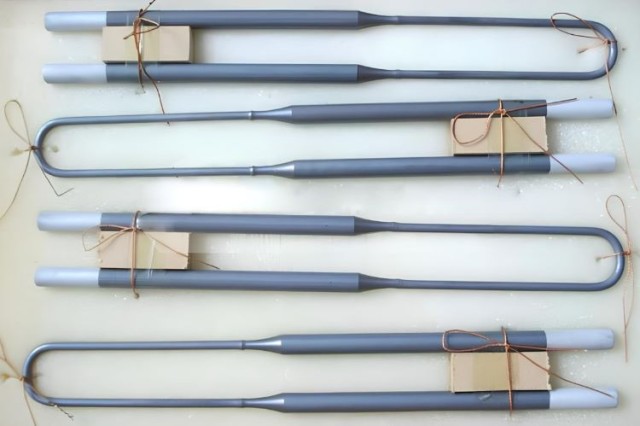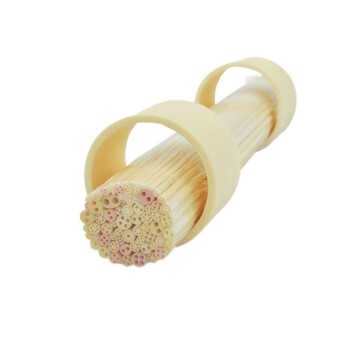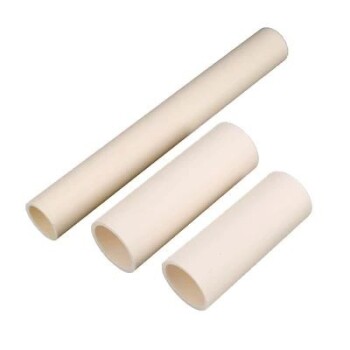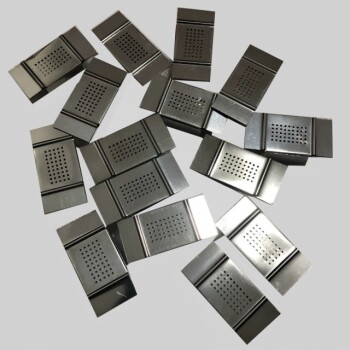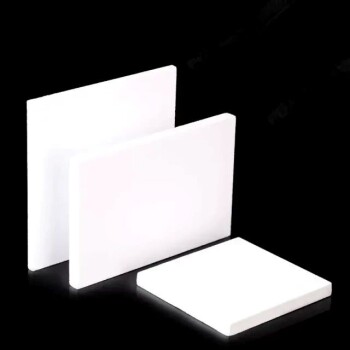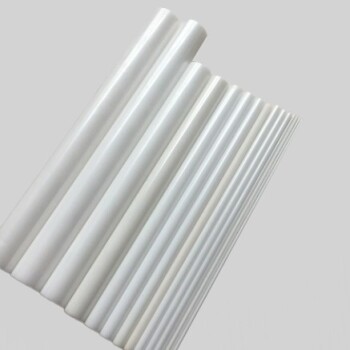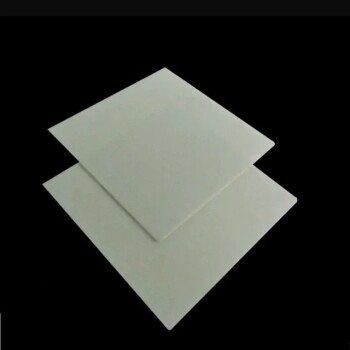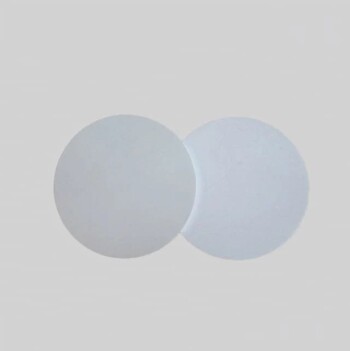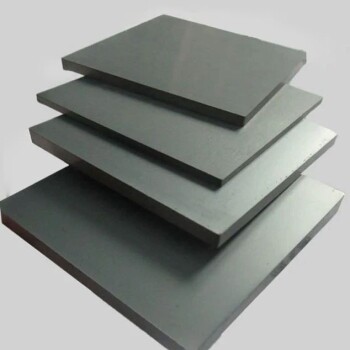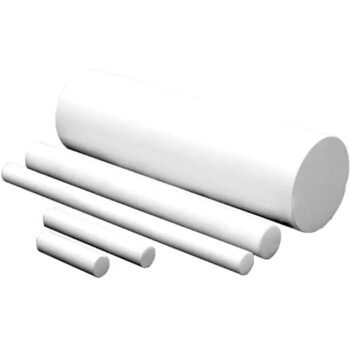MoSi2 heating element is somewhat softened at high temperature (above 1500℃) and hard and brittle at low temperature. In order to avoid stress generated during temperature change and facilitate thermal expansion and contraction of components, it is better to adopt free vertical hanging installation method. It is also convenient to remove and replace the hoisting components, which can be heat exchanged without waiting for the furnace to cool down.
Notices to the following items when hanging MoSi2 heating element:
- Corundum brick shall be used as the lining material, and its mass fraction of Fe2O3 shall be less than 1%, because it interacts with the protective film to form fusible silicate, thus accelerating the damage of components.
- The hot furnace gas leaked from the cold end will not only increase the heat loss of the furnace, but also burn out the conductive belt clamp and lead clamp. Therefore, it is better to use asbestos clamp.
- As silicon molybdenum bar is a brittle material with low bending strength and cannot withstand impact, protective measures shall be taken during installation to prevent breaking. When connecting the conductive tape, the asbestos chuck (or porcelain chuck) must be installed first, and the clamping force cannot be too large.
- Install the silicon molybdenum rod into the plug brick. In order to avoid the mechanical stress caused by loading and unloading movement, the plug brick shall be a separate brick made of foam corundum brick.
- Insert the plug brick with silicon molybdenum bar into the gap prepared on the furnace top, and the plug brick shall protrude out of the furnace top, so as to facilitate disassembly.
- Connect the conductive belt with the prepared connection bracket, but avoid the tension of the conductive belt and unnatural twisting mechanical stress.
- In order to avoid possible sagging and deformation of silicon molybdenum rod due to thermal expansion and cold contraction of asbestos chuck, refractory slurry mixed with water glass can be applied at the joint for firm fixation.
- During hoisting, the distance between the cone junction of the heating part and the furnace wall is about 25 mm-3 mm, the cold end should be 75 mm outside the furnace top, and the distance from the lower end of the heating part to the furnace bottom should not be less than 50 mm.
- The spacing of silicon molybdenum bars in the furnace shall not be less than the center spacing of the element itself.
- During hoisting, attention must be paid to the gravity balance of the two cold ends and the wiring part, otherwise the heating part will be bent and deformed.
Related Products
- Molybdenum Disilicide (MoSi2) Thermal Elements Electric Furnace Heating Element
- Silicon Carbide SiC Thermal Heating Elements for Electric Furnace
- Molybdenum Vacuum Heat Treat Furnace
- Vacuum Heat Treat and Molybdenum Wire Sintering Furnace for Vacuum Sintering
- High Temperature Aluminum Oxide (Al2O3) Protective Tube for Engineering Advanced Fine Ceramics
